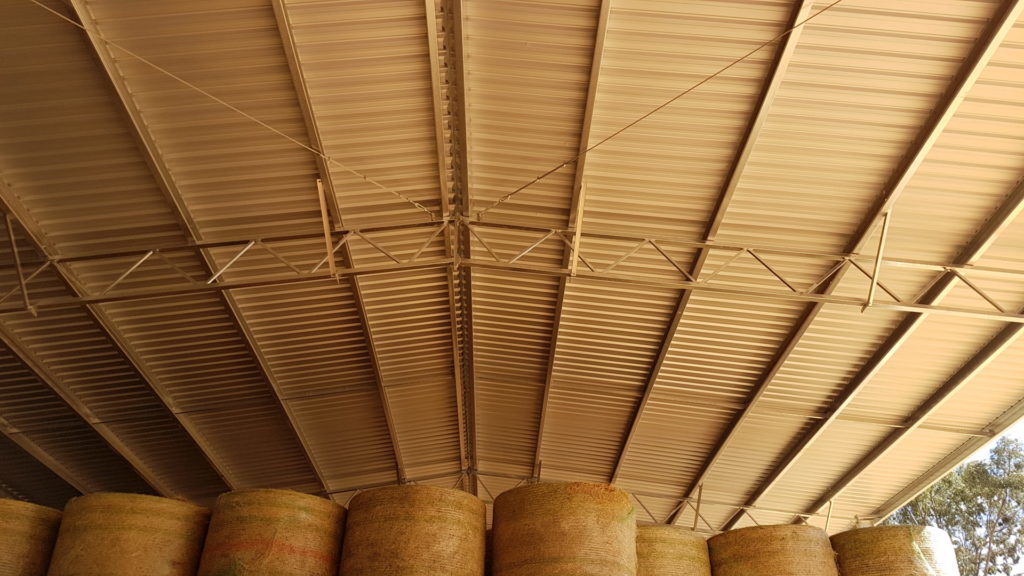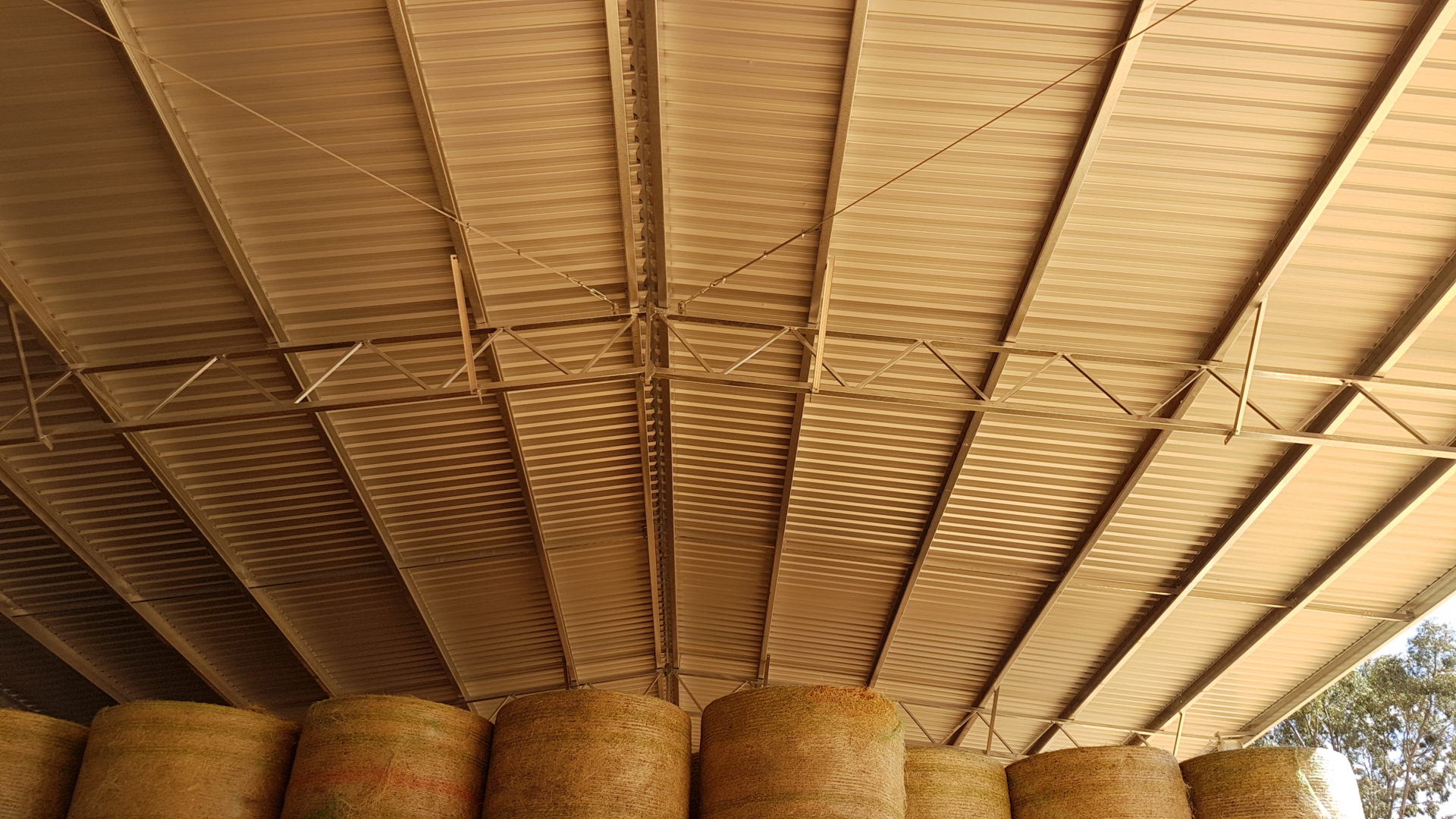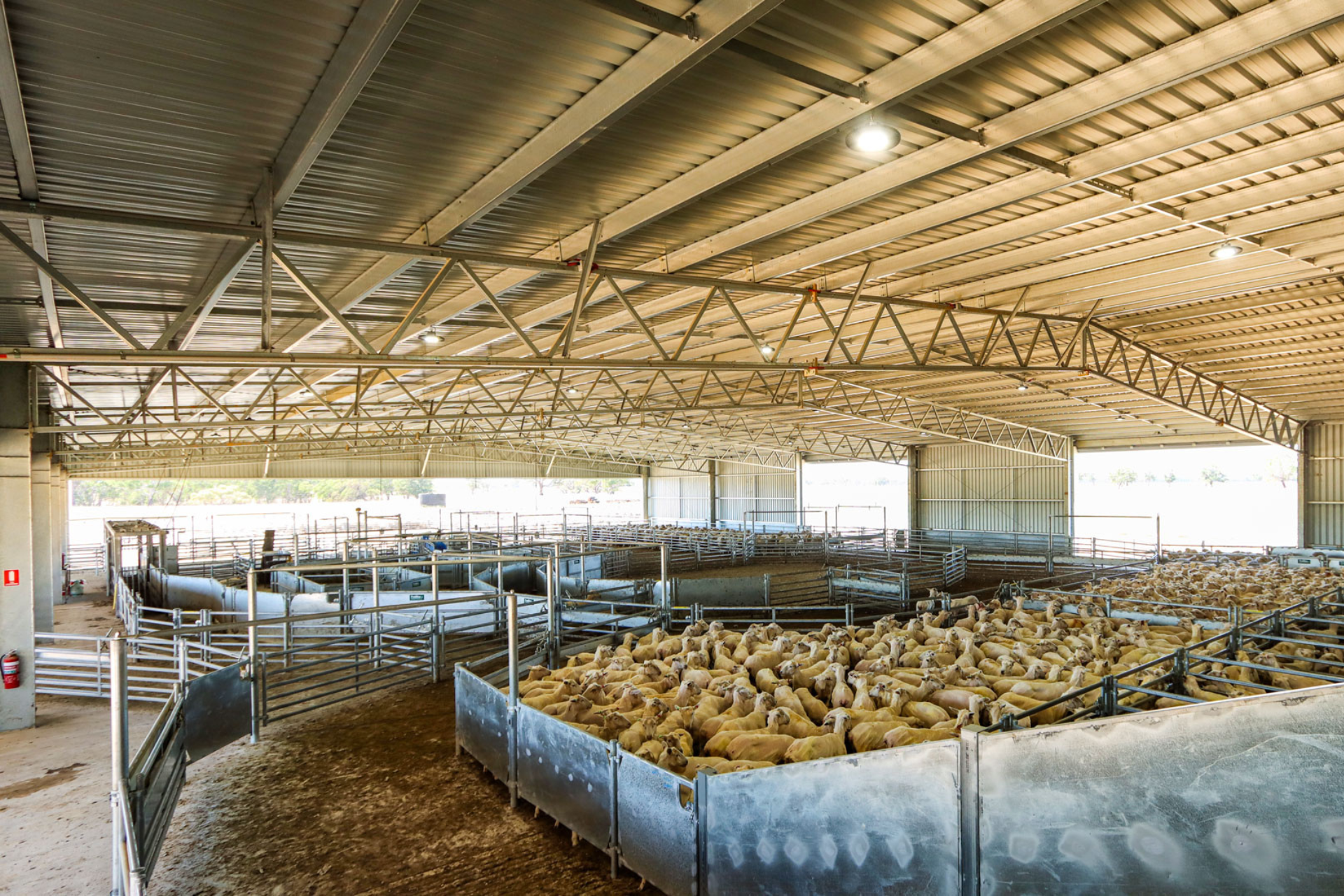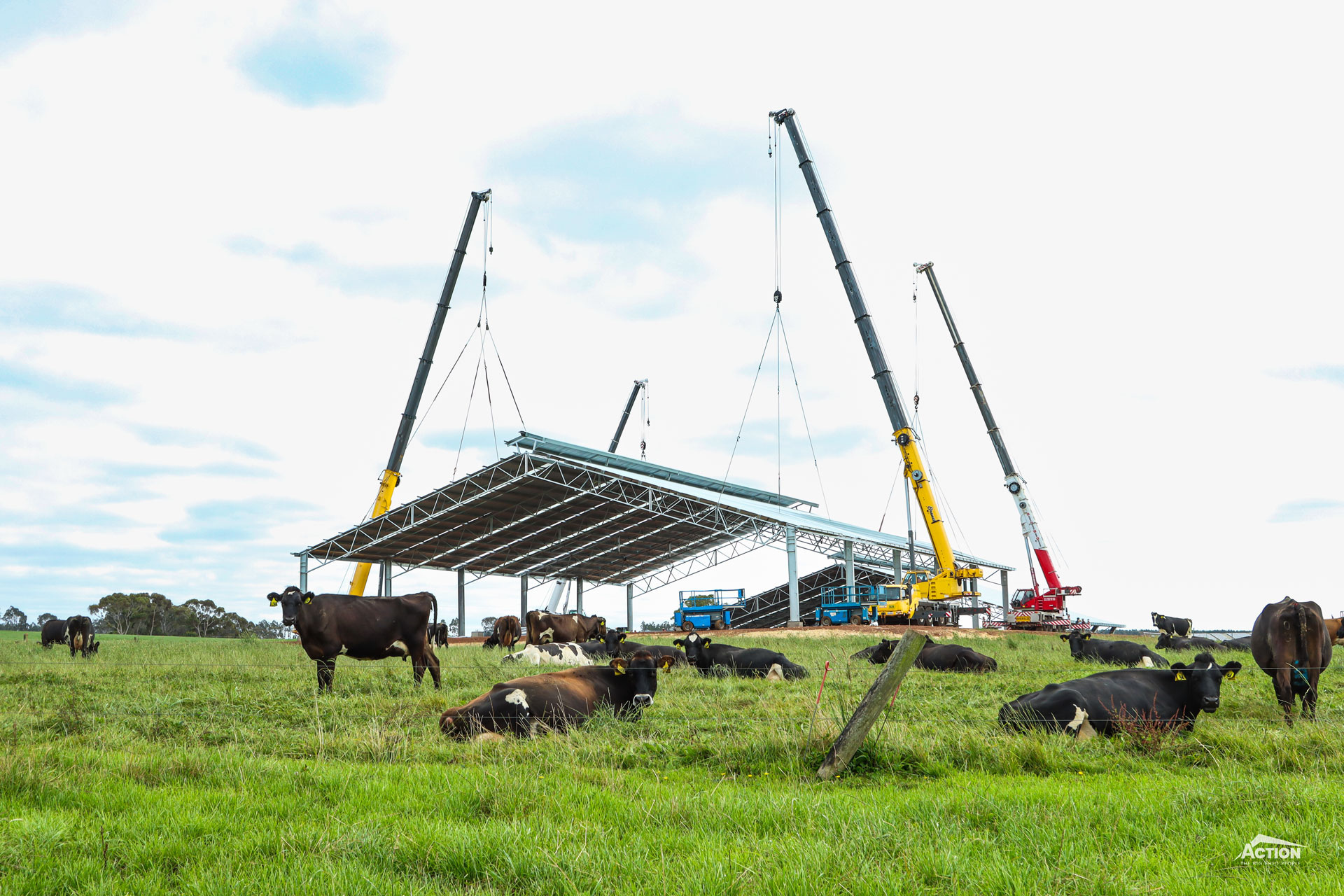Despite developments and technology like hand-held moisture meters, moisture-testing equipment on balers and the use of preservatives, haystack or hay shed fires caused by spontaneous combustion unfortunately still occur each year.
Here are a few tips to keep in mind when testing your baled hay.
It is good practice to use an extended length moisture meter/probe that reaches the core of the bale. The core of the bale is where most of the moisture is, particularly in round bales.
- Test across bale slices for the most accurate result.
- The tip of your hay probe should be kept sharp so that it can cut through the hay and there is less chance of selective sampling
Test the bale in several different areas as density and stem-to-leaf ratio can be uneven throughout the bale.
- Similarly, test bales from different locations in the paddock to check if varying paddock conditions have affected the moisture levels.
- If you are receiving varying results from your tests, continue to test to ensure accurate, representative results. Using a random testing method such as testing every 10th bale can help to record a representative sample of your hay.
Safe storage of your hay relies on hay being baled with the correct % of moisture e.g. 15% for cereal hays.

- Once hay is baled and stored there is a high-risk window between 2 – 6 weeks for spontaneous combustion to occur due to the natural heat cycle. This is why hay needs to be baled with correct moisture percentage and tested thoroughly and methodically, both in the paddock and in storage.
- Make sure you continue accurate testing and recording during this high-risk period and monitor and act on results.
Useful articles
Handy hints from the VFF & WFI
Many haystack fires self-ignite for no apparent reason. This is called spontaneous combustion and is the leading cause of haystack fires in Australia. Spontaneous combustion can occur in a stack of any size or in a single bale which is too moist.
How to stop hay from going mouldy
Some of the moulds that grow in hay include Aspergillus, Mucor and Penicillium and while it may be impossible to have completely mould-free hay, this article discusses the preventative measures you can take and why avoiding mouldy hay is important.








